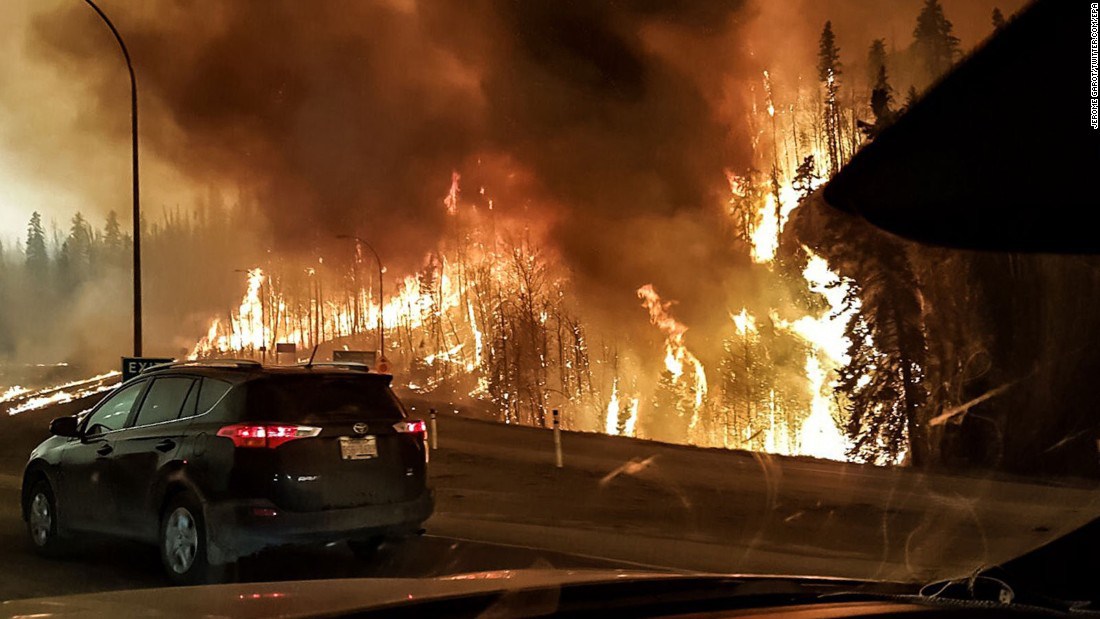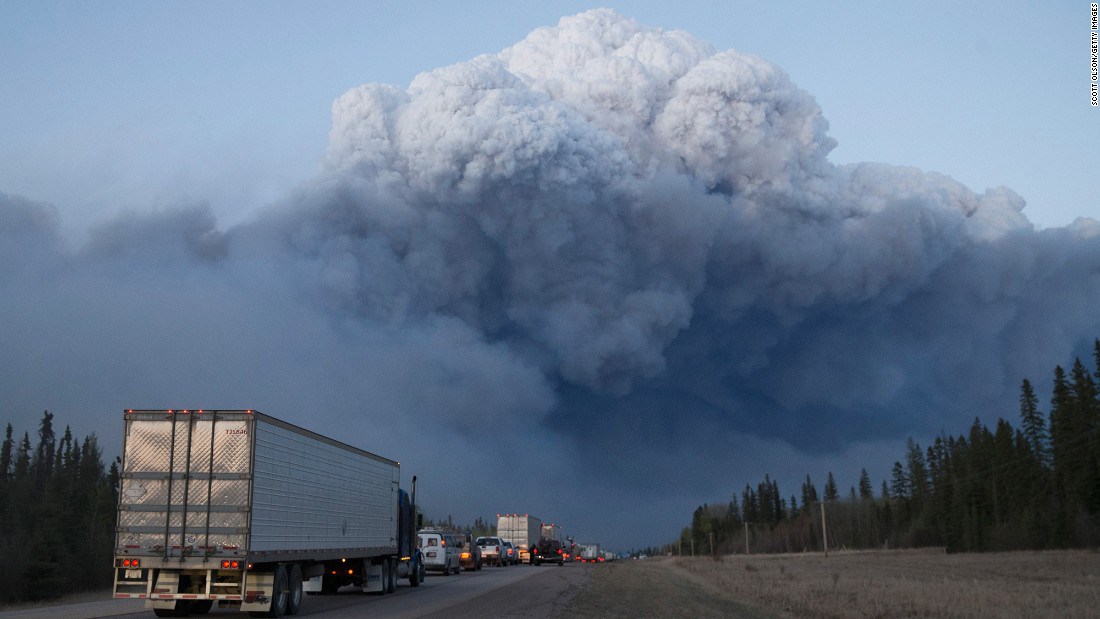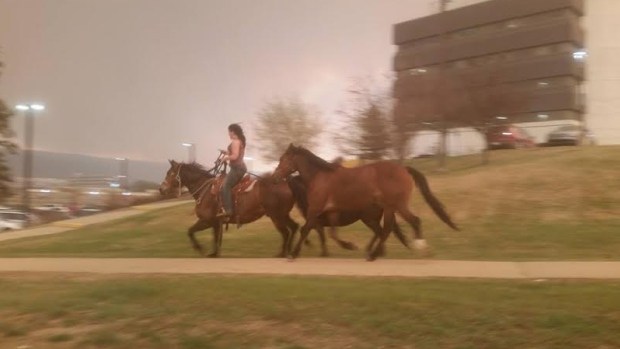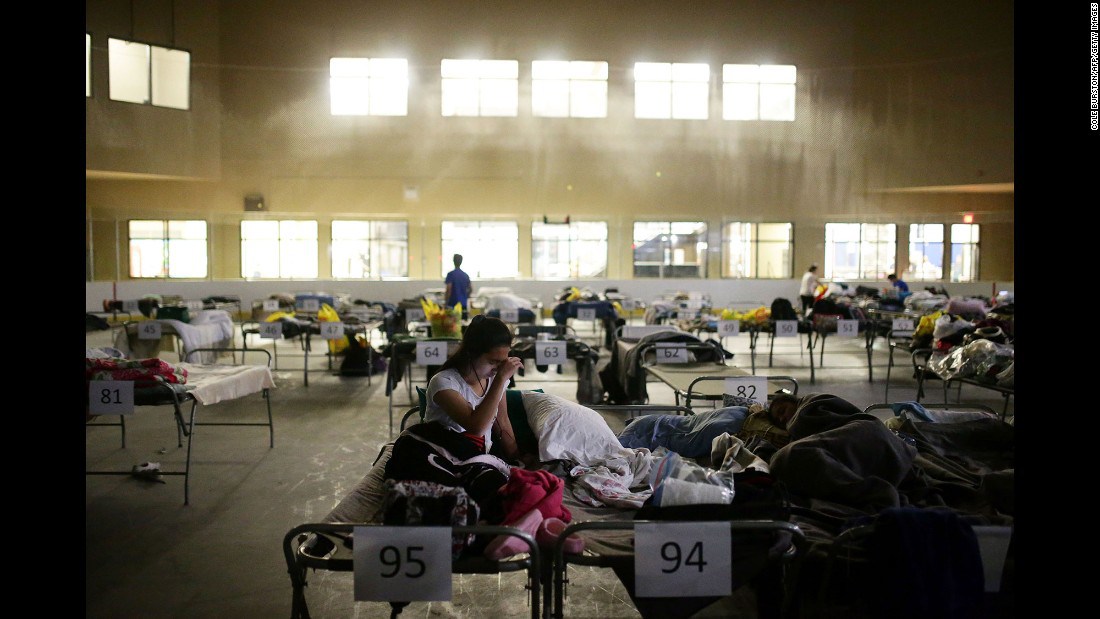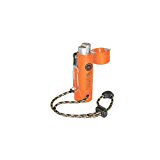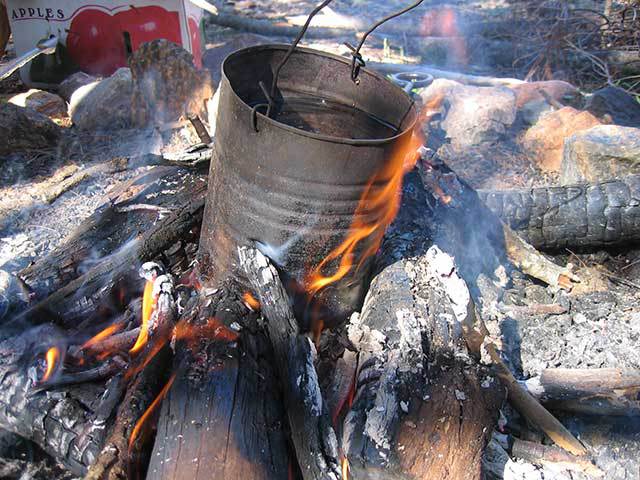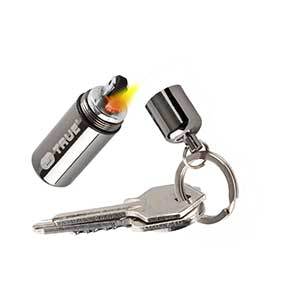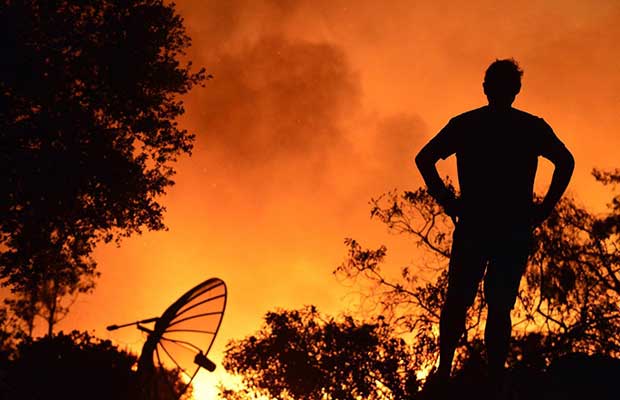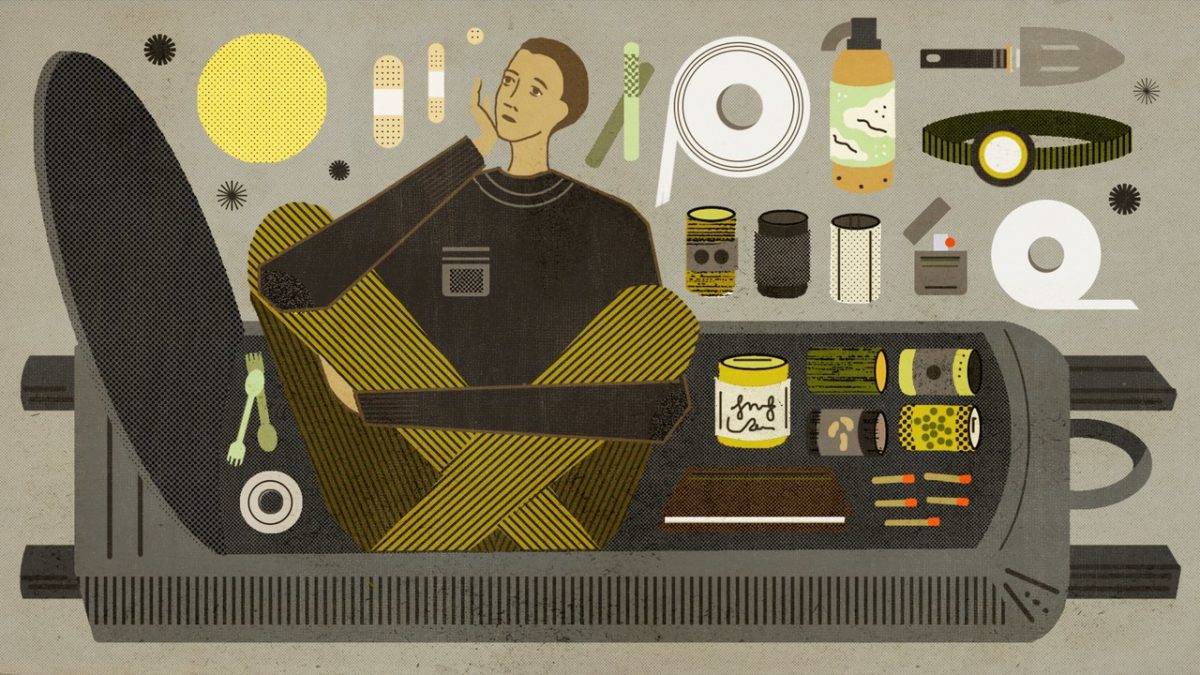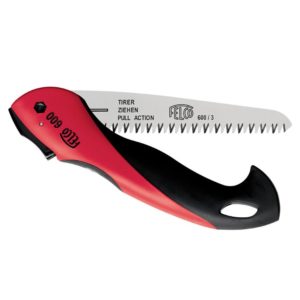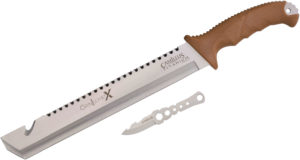7 Awesome Uses for Baking Soda
A Prepper Must-Have – Baking Soda
I have it on good authority that some people actually bake with baking soda. That’s not why it’s stocked like a mighty brick in my house. Baking soda is one of those items that has about a hundred and one uses, only some of them limited to the kitchen. It’s nice and cheap, and while I don’t think it’s one of the things that runs off the shelves in any crisis – snow storm, hurricane, or larger – it’s hugely beneficial to have plenty of it on hand.
To me, the price and the usefulness put it way up on any must-have list for preppers (or pretty much any adult).
First we want to be sure of what we’re talking about. On store shelves, baking soda is most usually going to be a box, although it can be found in big bags for those of us who use it a lot. It’s the one with sodium bicarbonate listed as the active ingredient, not cornstarch and 4-6 other things in a little round carton. That other one is what you use for bannock bread and microwaved mug brownies – baking powder.
Shoe satchels
Stomping out smells in your shoes is one of baking sodas great claims to fame.
Those of us who have ever had a fridge or dishwasher that’s been turned off for a while have probably heard of sticking an opened box of baking soda in there. Arm & Hammer even creates packages with a mesh-lined side flap for just that purpose. That same deodorizing capability combines with a low-level desiccant, and can be used to dry out and kill the sweat or swamp funk in our boots and shoes. This is the stuff that gets added to kitty litter boxes, after all. Stomping out smells is one of its great claims to fame.
The satchels can be made out of cloth, old socks whose mates have gone missing, coffee filters, or used dryer sheets. The imagination is really the only limiting factor here. As long as it allows easy airflow between the footwear and the baking soda inside, it’ll work. Add at least a tablespoon and a half of baking soda, tie up, and drop inside.
If you want to jazz up the shoe satchels further you can add all kinds of things from dried flowers and herbs (lavender, rose, rosemary, mints, eucalyptus) to bath crystals or salts.
This one works not only on shoes, but also on things like old gym bags, the lunch bag from two years ago, a small cooler, a tool bucket or box that has a case of the funk, or a softball bag that’s being repurposed.
Foot Soak

If the smell from shoes is originating because of the feet in them, you can combine baking soda with any number of things to create a foot soak.
Mouthwash, herbal teas, various oils like lavender or eucalyptus or rosemary, lemon slices or juice, Epsom salts (excellent addition), apple cider vinegar, and dried herbs like rosemary, mints, or plantain all get added. A simple soak of 1-2 cups in a gallon or two of warm water for 15-30 minutes can soften and rejuvenate feet, and help control various fungus that want to live in warm, sweaty environments.
Surface Cleaner
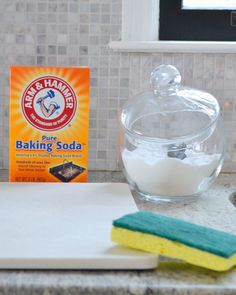
We know that baking soda is one of the things we can stock to use as a toothpaste alternate, or to concoct our own toothpaste. It cleans more than mouths, though.
Just sprinkling it on carpets and wooden decks or porches, letting it sit, and then sweeping or vacuuming it up works wonders for some odors and fungi. We can also clean our cutting boards by rubbing with baking soda and-or salt and a lemon, or just scrubbing with a brush and the dry ingredients and then letting it sit for a bit. The powders create a habitat that discourages many microbes, like the kind that live in tiny scratched crevices and outlive even dish soap and the dishwasher.
We can use that trick on dog bowls, sinks and counters, as well, using fresh lemons or limes or bottled lemon juice, or just scrubbing and allowing it to sit, then sweeping it and wiping it up.
Pipe & Drain Cleaner
Getting rid of shower and tub mildew and *that* smell in any pipe uses basically the same ingredients as above: baking soda, salt in some cases, and lemon. Vinegar of pretty much any kind can be substituted for lemon juice if somebody likes that price enough for a different smell, or wants to go with apple cider vinegar.
I like the method where you boil 2-8 cups of water to pour down the drain, then throw a cup of baking soda in and let that sit for 5-60 minutes, and follow it up with 1 cup of vinegar or lemon juice mixed with a cup of water.
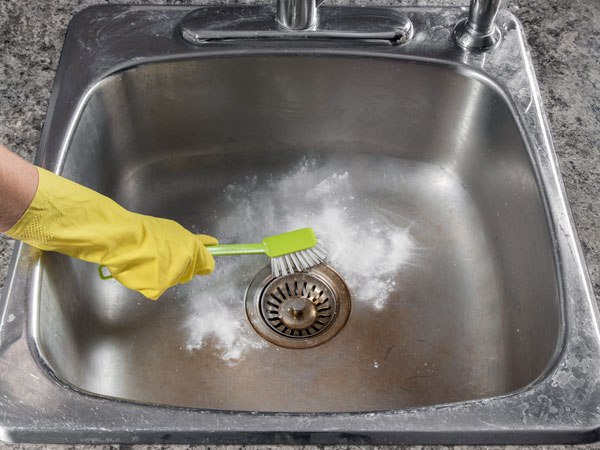
There are a few variations, so poke around a bit. Some say to cover it to direct the reaction downward (not so sure about that), and some to limit the fumes in the air (just don’t use white vinegar). Some say to give it 6-8 hours, and some say to just wait until the bubbles stop. Some suggest just rinsing with tap water, and some suggest boiling more water to flush the remnants away. Up to you.
It doesn’t always work, especially in the bathroom where *somebody* sheds 2’ hair with every shower. Sometimes a repeat or upgrade to/of vinegar to the stronger cousins works. Every once in a while, you have to go to a snake or “real” drain cleaner, but a lot of the time, whether it’s a slow drain, a for-real clog, or a smell, the baking soda does the trick.
There are apparently schools of thought where this is bad and degrades things, so research that too.
Fungicide (Outdoor)
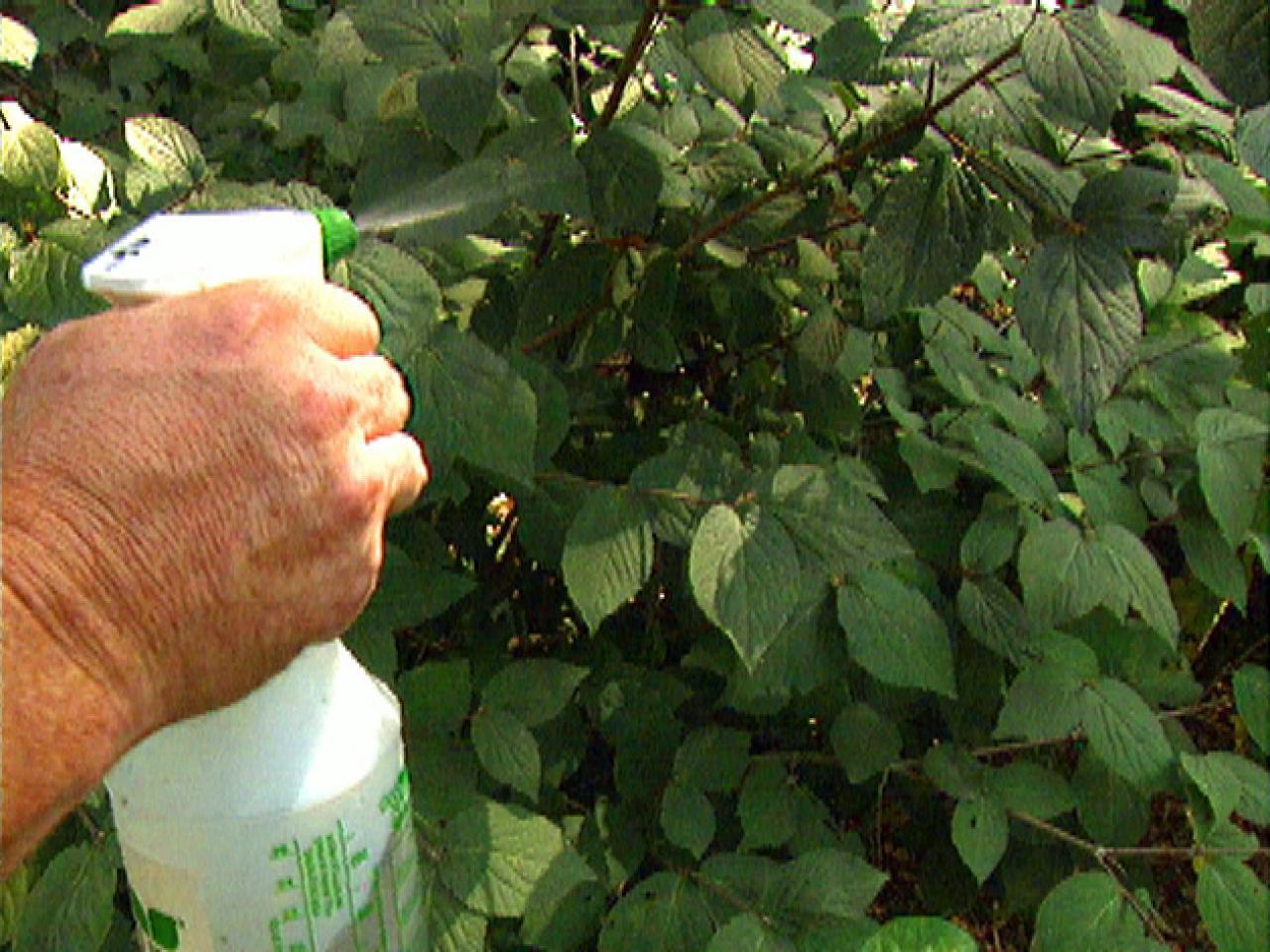
We can add one tablespoon of baking soda to one quart of water (4 tablespoons/1 quarter-cup per gallon) and use it to treat black spots in the yard, roses, and berry brambles suffering from the various black fungus illnesses.
One of the things that helps baking soda kill smells is that the sodium bicarbonate is an antacid, a highly reactive one. A lot of growing things prefer an acidic environment. Fungi – from mold to mildew – is one of those things. The beauty is that baking soda is a stabilizing antacid. It’ll react with anything in an extreme, and go through a severe reaction initially (which can also kill bad stuff) but then it’ll self-regulate and return its surroundings to a near-neutral state.
No wonder this stuff is called miracle powder, right?
That miracle powder can help us in a big way with some common crop and garden pests – mildews.
We can add one tablespoon of baking soda to one quart of water (4 tablespoons/1 quarter-cup per gallon) and use it to treat black spots in the yard, roses, and berry brambles suffering from the various black fungus illnesses.
Powdery mildew on any plants can be prevented and treated with the same, however, the addition of a teaspoon of dish detergent and a teaspoon of vegetable oil per half gallon will help it stick better. Once powdery mildew gets started, it’s a constant battle, so having the spray last longer on the plants can save us a lot of time and heartache.
Creepy-Crawly Pests
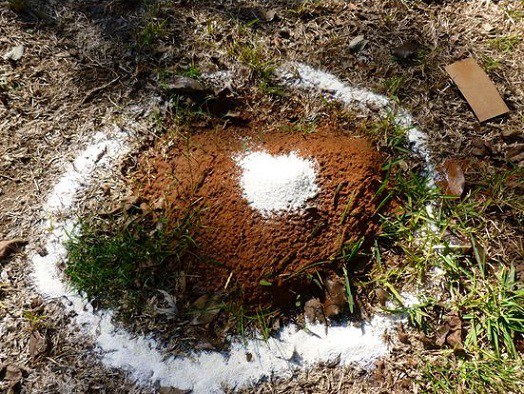
Fungus gnats aren’t usually harmful, but they are annoying, and there are times there are so many that the soil-dwelling larvae stage start stunting plant growth because they’re consuming the tiny root hairs of plants. A teaspoon of baking soda with a teaspoon of dish detergent in a full gallon of water can also help remove or reduce the populations, without changing soil pH so much that acid-loving veggie plants and perennials can’t handle it and die, too. As with mildews, all soils in the area need treated and the treatment will have to be repeated to break the infestation completely since there are multiple stages and locations in the gnats’ life cycles.
Mixing baking soda 1:1 with powdered sugar and surrounding an ant hill with a 1”x1” wall of the stuff can help reduce those garden pests, too. I’ve had it decrease the visible numbers, but they seem to pop back up. Still, it’s nicer working in beds and playing fetch or weed-eating with a few less ants getting aggravated with you. A ring of baking soda will also help deter slugs. (Grits and cornmeal help with ants and slugs, too.)
Pest Sting & Itch Relief
Baking soda recently got crowned the Most Prized Possession in my house. I was attacked by some sort of not-bee striped flyer, and ended up with welts roughly the sizes of eggs, from dainty little quail all the way up to jumbos, with 3-6” red raised areas around the big welts. Yay! A poultice of just baking soda and water reduced the swelling and pain.
That poultice is best applied with large Band-Aids already open and waiting, especially if you’re trying to doctor your own elbow and thigh.
If the poultice is allowed to dry, it will come off in big flakes or shingles, and can actually help extract a broken-off stinger, fang or tick head.
Like the satchels, the poultice can be improved on. Chamomile tea is awesome, but any kind of tea contains fabulous stuff that helps reduce swelling and pain more and faster. Let it cool and add it to the poultice, open a bag to mix in before the water, or open a used bag to add to the paste. Aloe can be stripped and chopped and added, as can commercially available gel. So can witch hazel, chamomile flowers, lavender oil or flowers, fresh or dried plantain, Echinacea (purple cone flower), chickweed or jewelweed, and lemon balm.
Some people also apparently make their poultice with milk. Not my thing. Likewise, I’m not adding to the mess or pains by using honey or honey crystals in there, but there are proponents of honey as well.
Go as crazy as you like with that one.
Maybe the sting or bite isn’t making you crazy enough to coat your wounds with paste and Band-Aids. Sometimes we’re just hot and itchy and can’t really identify a single place to treat, and a shower or bath isn’t really cutting it.
Baking soda in a tub with or without soothing additives like oatmeal can help.
You can also make a satchel similar to the first use listed, although you’ll want it to be bigger. Again, alone or with things like chipped aloe, oatmeal, chamomile flowers or oil, or tea leaves from a regular grocery-store brewing bag (Camellia sinensis species) can be added. You use the satchel to dab yourself while you’re in the shower.
Baking Soda
There are just so many uses for baking soda, with these the very tip of the iceberg. Run any google search for uses, and you’ll find dozens more, from killing weeds to repelling rabbits and silverfish. It goes in laundry and it gets used for facial masks. Use it to deodorize dogs, make Play Dough, or get gum/caulk out of your hair. The stuff is so cheap, so easy to find, and does so much, it’s worth filling a box or drawer and keeping handy, especially if we live well outside shopping areas.
It’s not one that I expect there to ever be massive runs on, not like generators, snow shovels, tarps and plywood, peanut butter, and toilet paper. However, in a long-term disaster, we could potentially run out. For me, it doesn’t replace a fire alarm and fire extinguisher, some extra batteries that fit that alarm, or having spare oil and coolant in the truck, but it’s right up there with the food and water supplies as a must-have item.
Hopefully you’ll explore its uses a little more, print out some of the many 11, 30, and 50+ uses lists, and stock up at least a little.
Other self-sufficiency and preparedness solutions recommended for you:
The vital self-sufficiency lessons our great grand-fathers left us
Knowledge to survive any medical crisis situation
Liberal’s hidden agenda: more than just your guns
Build yourself the only unlimited water source you’ll ever need
4 Important Forgotten Skills used by our Ancestors that can help you in any crisis
A Prepper Must-Have – Baking Soda I have it on good authority that some people actually bake with baking soda. That’s not why it’s stocked like a mighty brick in

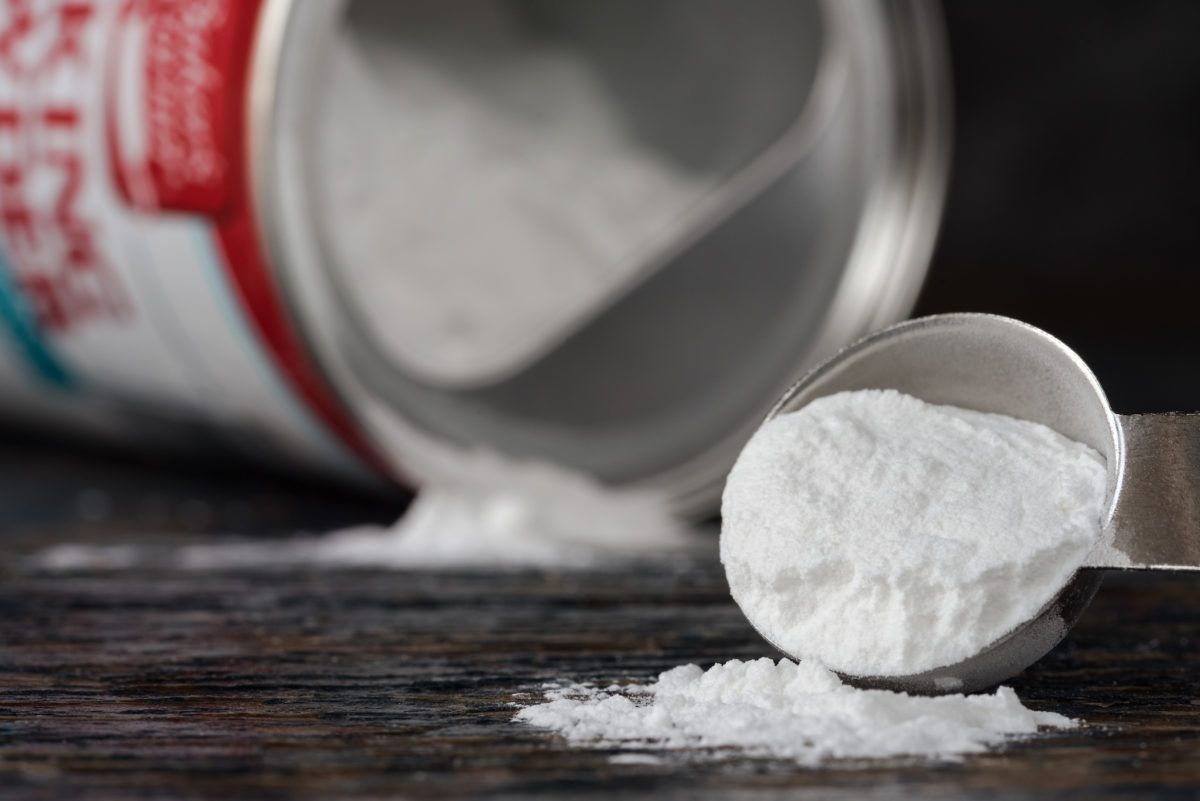
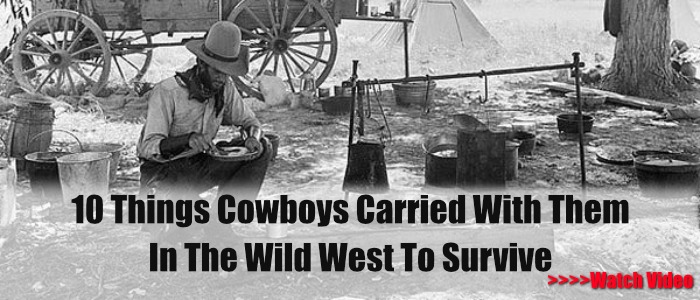
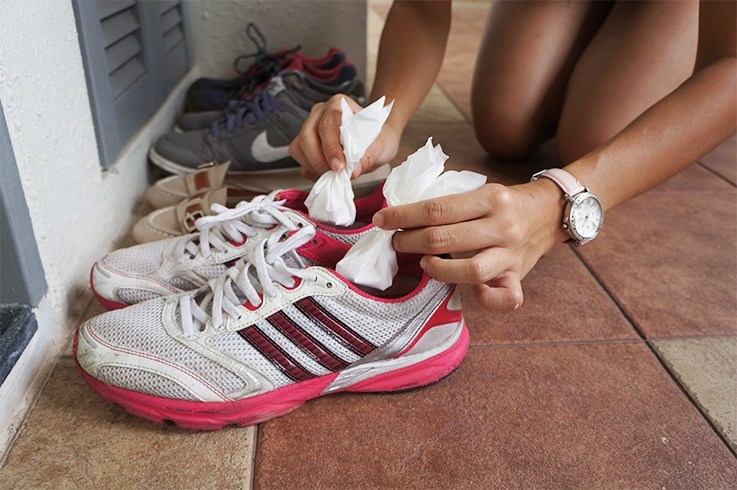

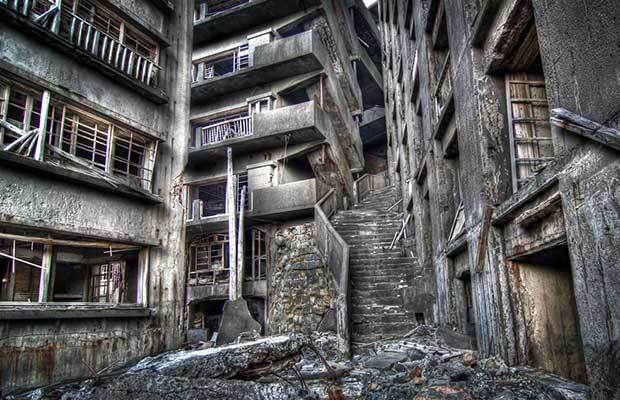


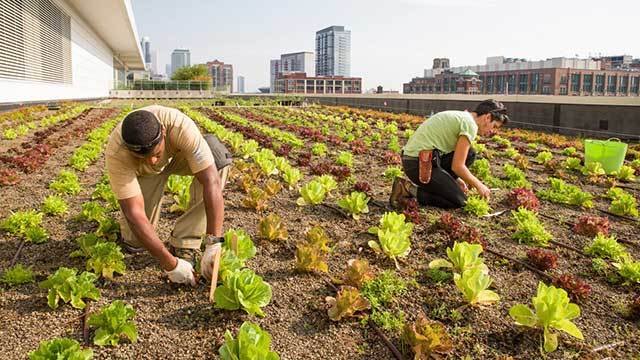

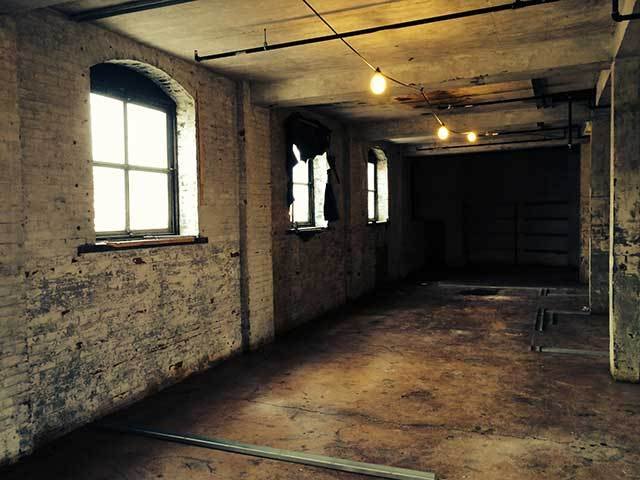
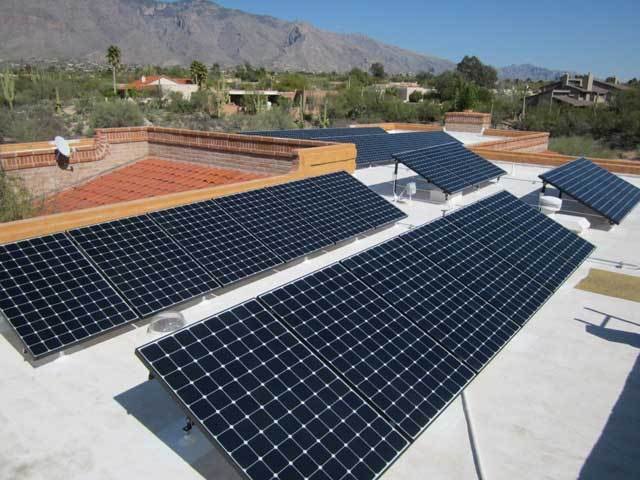


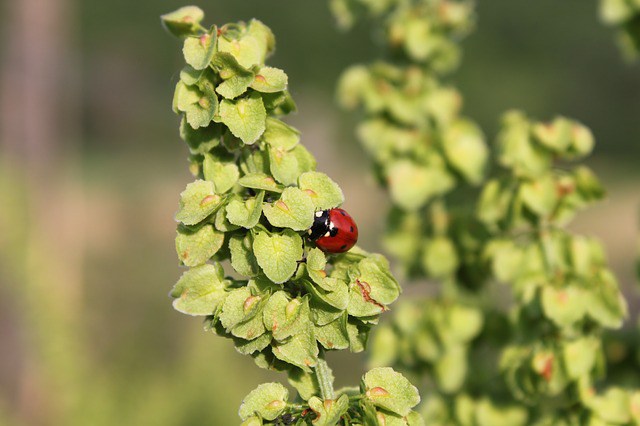

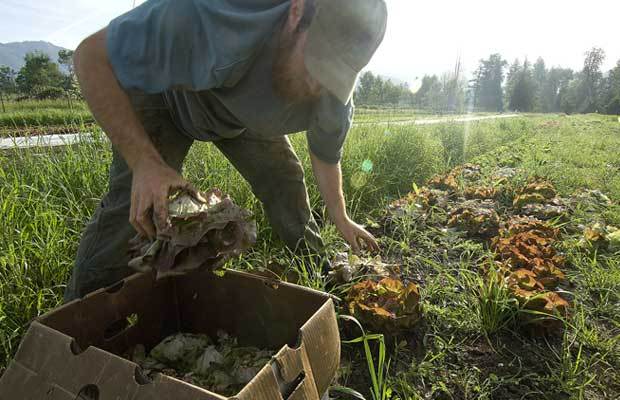
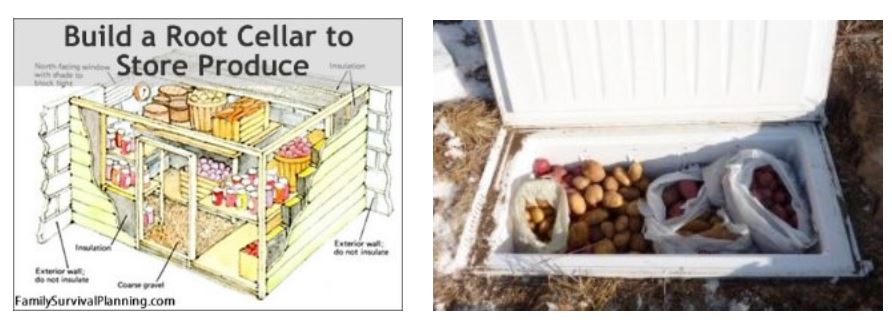
 Squash is ready for storage when the rinds darken, and you can’t punch a fingernail through them. The plants sometimes cue us that they’re ready by yellowing and dying back a bit, and in many cases, the vines will go woody. We then cut them off with a stub of stem attached, brush any soil or debris loose, and let those thick skins toughen up more with a 1-2 week cure in a 75-80 warm, somewhat dry space, up off the ground. They can be cured in the field, propped up, but there are risks there that a barn or crib can help eliminate.
Squash is ready for storage when the rinds darken, and you can’t punch a fingernail through them. The plants sometimes cue us that they’re ready by yellowing and dying back a bit, and in many cases, the vines will go woody. We then cut them off with a stub of stem attached, brush any soil or debris loose, and let those thick skins toughen up more with a 1-2 week cure in a 75-80 warm, somewhat dry space, up off the ground. They can be cured in the field, propped up, but there are risks there that a barn or crib can help eliminate.

 Potatoes and sweet potatoes need to make it through our winters and in many cases all the way through the earliest parts of spring, so we have even more reason to start practicing with them as soon as possible. See, they’re not really flowering seed producers at this stage in evolution, and it takes a while for seed starts to get going, just like tomatoes. We’re going to have to cut potatoes and let them callous, and grow starts from them if we want to continue reaping potatoes and sweet potatoes in a world without Tractor Supply and Baker Creek.
Potatoes and sweet potatoes need to make it through our winters and in many cases all the way through the earliest parts of spring, so we have even more reason to start practicing with them as soon as possible. See, they’re not really flowering seed producers at this stage in evolution, and it takes a while for seed starts to get going, just like tomatoes. We’re going to have to cut potatoes and let them callous, and grow starts from them if we want to continue reaping potatoes and sweet potatoes in a world without Tractor Supply and Baker Creek.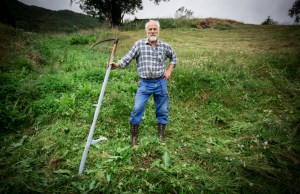







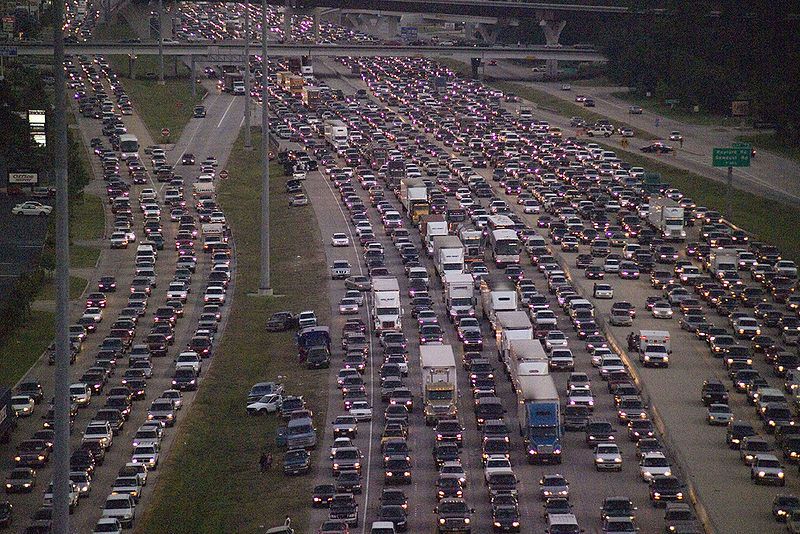






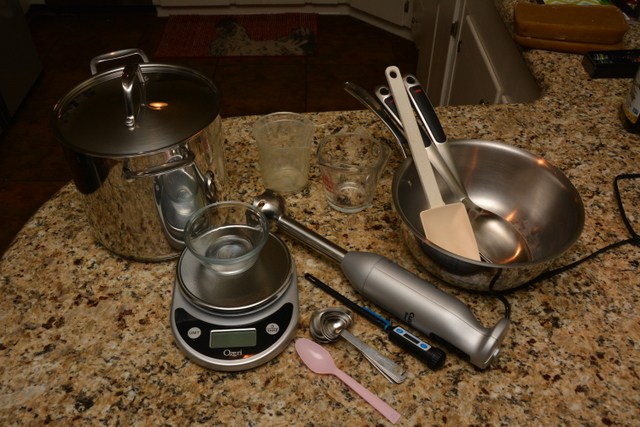
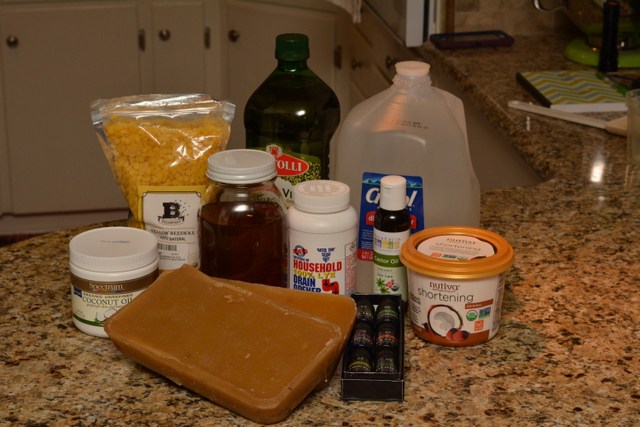
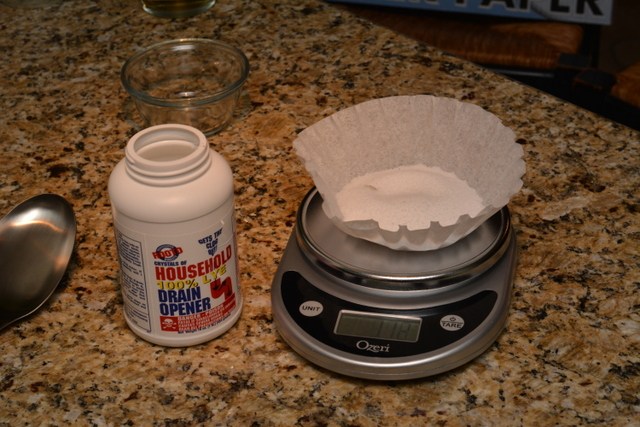




 The finished product – looks like… soap.
The finished product – looks like… soap.